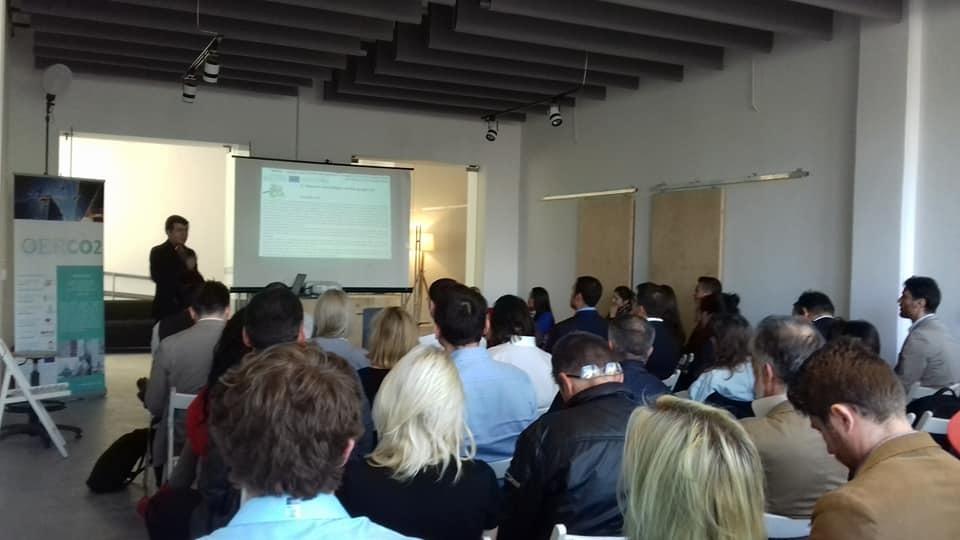A social tool for evaluating the environmental impact of residential buildings

For the first time, an open-source computing tool can, simply and intuitively, calculate the CO2 emissions in each phase of a building project, in order to obtain a global picture of its carbon footprint from its conception and to help decide every variable in the construction proces.
The research group ARDITEC from the Higher Technical School of Building Engineering at the University of Seville has led a pioneering European project to calculate the environmental impact of residential buildings. The novelty of this initiative is that for the first time an open-source computing tool which can, simply and intuitively, calculate the CO2 emissions in each phase of a building project, in order to obtain a global picture of its carbon footprint from its conception and to help decide every variable in the construction process.
"The first step in managing and reducing the CO2 emissions associated with building construction is to calculate them, to know the importance of this environmental aspect and apply measures to improve the situation. To better understand the environmental impact and work on it, it is important to measure the CO2 emissions from the design and conception of the building and, according to its measurements, know the different possibilities for reducing its carbon footprint and making a more sustainable, low-carbon building," explains the University of Seville teacher and head of the project, Jaime Solís.
The project OERCO2 www.OERCO2.eu is as an Open Educational Resource financed by the European Union's Erasmus+ programme, and, as well as the University of Seville, its participants include the Centro Tecnólgico del Mármol, Piedra y Materiales (Technological Centre for Marble, Stone and Materials -- Spain) CertiMaC Soc. Cons. a r. L. (Italy), Centro Tecnologico da Ceramica e do Vidro (Portugal), Universitatea Transilvania din Brasov (Romania) and Asociatia Romania Green Building Council (Romania).
More details on https://www.sciencedaily.com/releases/2018/07/180719101258.htm



